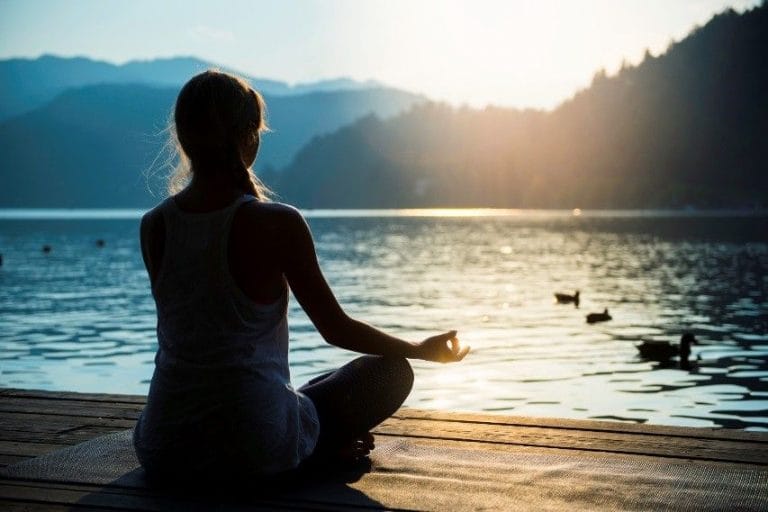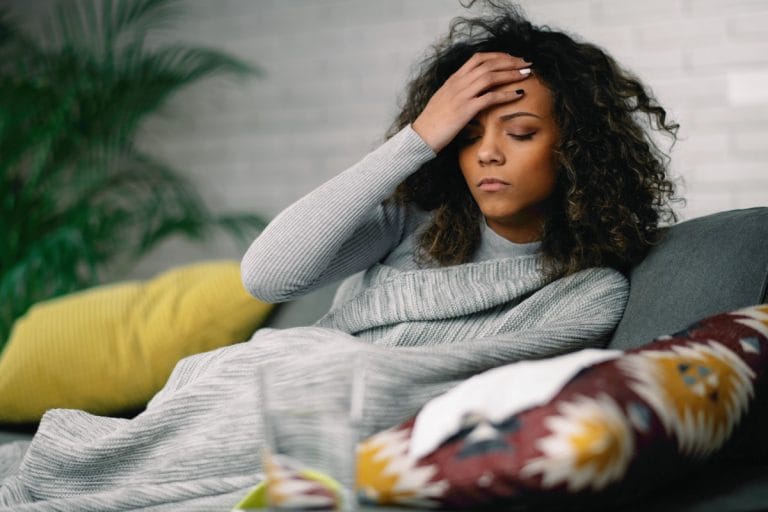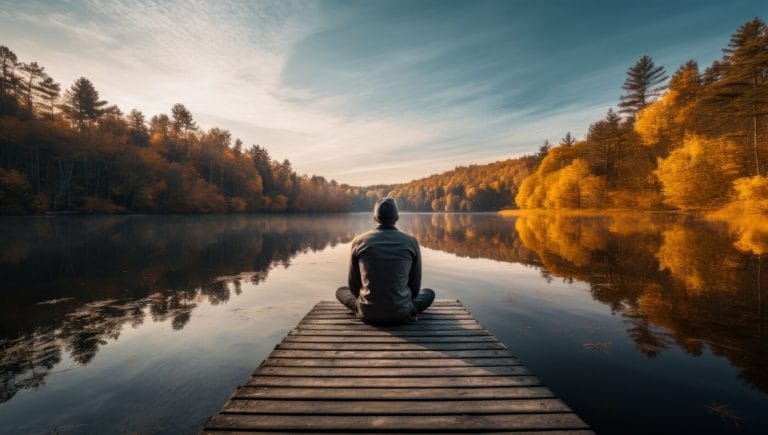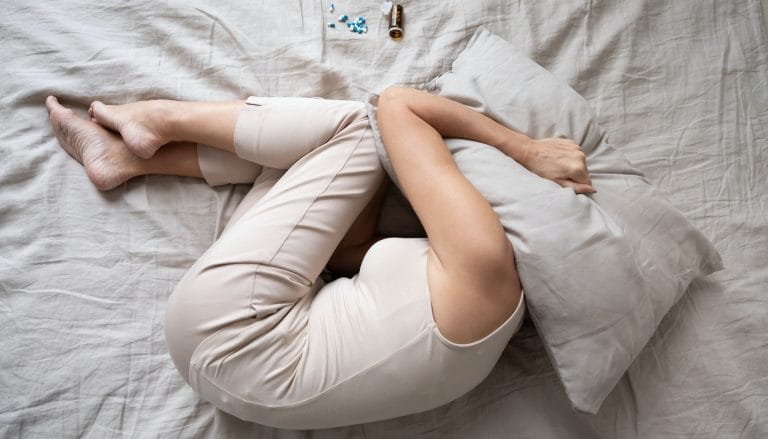A migraine is like a jack in the box. You open it up to see what’s inside, but once you see it, you wish you hadn’t! It can be such a headache that aspirin or ibuprofen may be the last thing on your mind. The ideas below may help you feel better until your medicine kicks in. There are no side effects and each one of these tactics will cost you nothing except for time and effort!
Rest in a Quiet, Dark Room To Stop Migraine
Headaches often worsen when a person is exposed to light. Scientists believe that this kind of pain might be caused by some specialized cells called intrinsically photosensitive retinal ganglion cells (ipRGCs). These cells sense light and help control the sleep-wake cycle, among other things.
Many people who experience migraines tend to get exacerbated when exposed to certain lights. Although these people’s headaches don’t stem from the light itself, rather it is the response of our retinas and how they perceive it.
Massage Your Temples
Sometimes migraines can cause sensitivity to touch, and in some cases, actually lead to a phenomenon referred to as allodynia, where stimuli that don’t normally trigger pain can cause particularly undesirable symptoms. One treatment for migraine headaches is massage therapy. Massage therapy isn’t the most common way of treating migraines – it’s just better known than other treatments that might be effective.
Manage Your Stress
Don’t let little things bother you. If you have a few things to do make sure you get the repairing, cleaning, or laundry is done while they’re still minor, so they don’t become something bigger that you’ll never be able to deal with later on.
So what if there’s an undone load of laundry, a few dishes in the sink, or a couple of minor household repairs awaiting your attention? Stop worrying—the house almost certainly won’t fall down around you.
Hydrate Aggressively
For most people with migraine, dehydration is known to trigger headaches. By drinking enough fluids between migraines, you may be able to prevent them in the future. For example, if you usually have a migraine on Monday afternoons and normally get dehydrated over the weekend, maybe you could work some more water into your routine (like by consuming an extra glass when washing your hands throughout the day) so that those days are less likely to end in throbbing pain.
Try Meditating
Rebecca Wells, MD is a Neurologist at Wake Forest Baptist Health in North Carolina and the director of the Comprehensive Headache Program. As many as 8 in 10 people with migraine report stress as a trigger for headaches, according to Dr.Wells. Researchers are trying to determine if practicing this type of mindfulness can change a person’s ability to respond to stress and help in the management of migraine.
Studies published in JAMA Internal Medicine (see Wells et al, 2016) have shown that participants who practiced meditation were better able to manage their migraines than non-participants. Meditation may help reduce the overall burden of migraine, save money on medication, improve disability caused by migraines and even help with depression and mood disorders.
Smell the Lavender
People who live in extremely hot climates report sleeping better at night if they wear lighter pajamas. That’s according to a study in the Journal of Sleep Research, which determined that sleep quality and comfort are improved among warm roomers when they let their bodies heal naturally by going to bed in no more than a T-shirt and shorts. Lavender oil has been used historically as a natural cure to treat headaches and migraines particularly due to its calming nature. One small controlled study, published in European Neurology, aimed to evaluate the medicinal value of the essential oil in people who were experiencing various types of migraine and headache pain.
The trial allotted subjects with varying migraine types into two groups–one treated with a placebo inhaler containing clean air for 15 minutes, while the other treated with lavender essential oil inhalers for 15 minutes. After treatment, 68% of those in the lavender group experienced migraine relief within 30 minutes compared to only 46% of a placebo group.
Get Plenty of Sleep
Too much, too little, or disruptions in sleep is a very common factor when it comes down to headaches and migraines. Experts recommend that you set times to go to bed and get up, and then stick not only to weekends and vacation days but every day of the week as well. If you don’t feel rested after a night’s sleep or experience excessive daytime sleepiness, talk to your healthcare provider about conducting a sleep study to rule out any potential sleeping issues such as Sleep Apnea!
Use Heat or Cold
You may want to try different methods for sore muscles. Use heat or cold, depending on the cause. For muscle strain and tension, use heat (hot pack or hot shower). Applying a cold pack or ice helps with headaches other causes. There are times when you throw everything at the wall hoping something will stick. When gears aren’t meshing how they’re supposed to, and your brain hurts with the pressure of trying to fix it all at once, sometimes you need a way to pause so that you can look at things from a different perspective or to just take a break.
In the case of muscle pains and tension, there are many different ways to deal with the issue. Hot or cold packs or a hot bath or shower may help by relaxing or numbing your muscles.
Bottom Line
When used collectively with medication, those domestic treatments and way of life techniques paintings for plenty of people, Newman says. If they don’t ease your pain, however, you can take into account speak in your physician approximately making modifications in your remedy plan.







